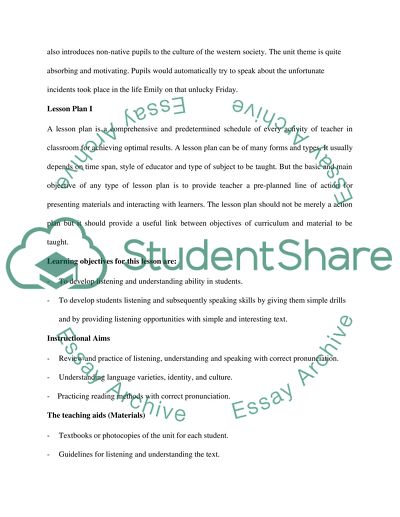Cite this document
(“Information Technology in Language Learning Research Paper”, n.d.)
Information Technology in Language Learning Research Paper. Retrieved from https://studentshare.org/education/1536813-1-unit-of-work-for-listening-and-speaking-skills-for-esl-primary-enlish-classroom-2-an-essay-stating-the-rationale-theoretical-principles-reflection-for-th
Information Technology in Language Learning Research Paper. Retrieved from https://studentshare.org/education/1536813-1-unit-of-work-for-listening-and-speaking-skills-for-esl-primary-enlish-classroom-2-an-essay-stating-the-rationale-theoretical-principles-reflection-for-th
(Information Technology in Language Learning Research Paper)
Information Technology in Language Learning Research Paper. https://studentshare.org/education/1536813-1-unit-of-work-for-listening-and-speaking-skills-for-esl-primary-enlish-classroom-2-an-essay-stating-the-rationale-theoretical-principles-reflection-for-th.
Information Technology in Language Learning Research Paper. https://studentshare.org/education/1536813-1-unit-of-work-for-listening-and-speaking-skills-for-esl-primary-enlish-classroom-2-an-essay-stating-the-rationale-theoretical-principles-reflection-for-th.
“Information Technology in Language Learning Research Paper”, n.d. https://studentshare.org/education/1536813-1-unit-of-work-for-listening-and-speaking-skills-for-esl-primary-enlish-classroom-2-an-essay-stating-the-rationale-theoretical-principles-reflection-for-th.


